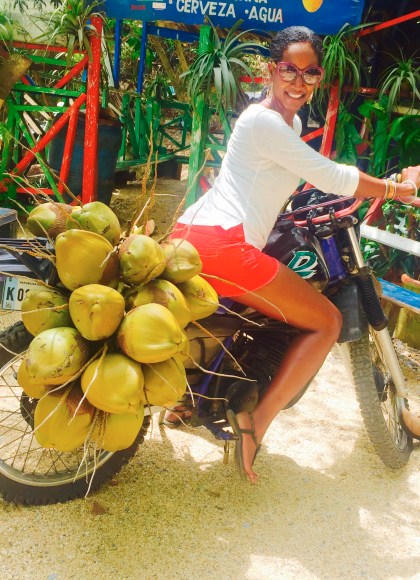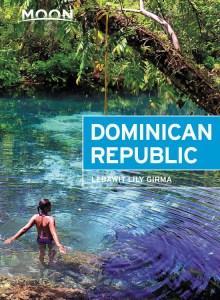Festivals in the Dominican Republic
Carnaval celebrations and festivals are a cornerstone of Dominican culture; it’s hard to find a month in the year where there isn’t something to celebrate.
Fiestas patronales or patron saint festivals are held at various times of the year in various towns, and are a great expression of the modern side of the DR’s Latino culture–from foods to live music, drumming, and all-night partying. These parties last a little over a week (known as the novena or nine days prior to the actual patron saint day). Barahona’s are held in January, for instance, while Constanza’s take place in September.
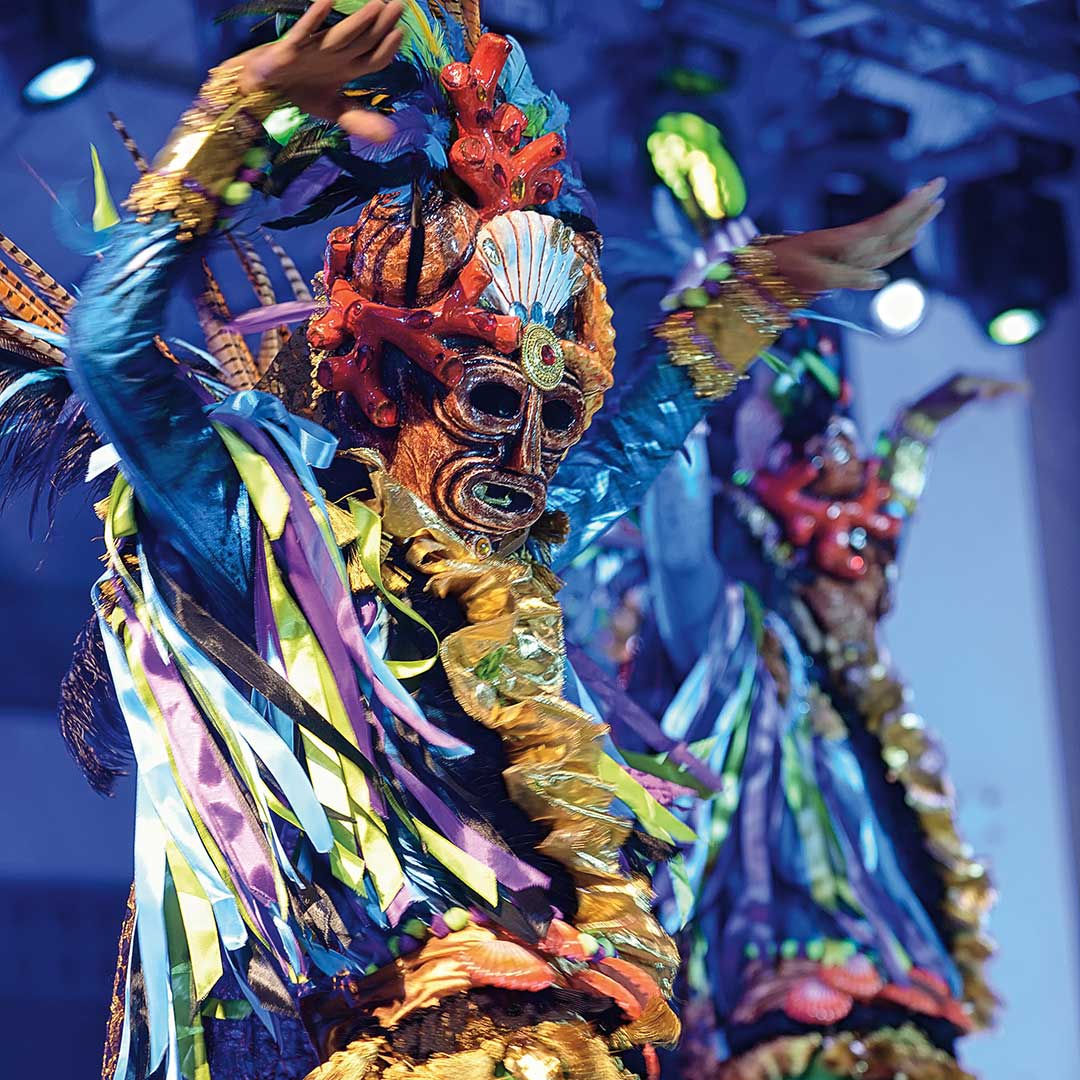
January
In San Pedro de Macorís, the first day of the year kicks off with the Guloya Festival when Afro-Dominican revelers–descendants of late 19th-century migrants from British-speaking Caribbean islands–dressed in vibrant Junkanoo-like costumes dance their way through the streets, to various drums and flutes. The Guloyas’ dance is classified by UNESCO as a Masterpiece of the Oral and Intangible Patrimony of Humanity.
February
An absolute cultural treat is a visit to the DR during this most festive month of the year: Carnaval celebrations take place in major towns and cities across the island every Sunday afternoon of the month, including Santo Domingo (east and west), Santiago, La Vega, Bonao, Río San Juan, La Romana, Punta Cana, and Puerto Plata.
Each of these regions has their local carnival personality and traditional devil costumes–such as the Lechones in Santiago or the Taimáscaros of Puerto Plata–as well as comparsas and Dominican folklore characters. You could literally hop around the country all month and experience the carnival revelry every Sunday. The season culminates at the end of the month, sometimes the first Sunday of March, with a big national parade on Santo Domingo’s Malecón featuring the winning carnival groups from each region competing for the grand prize while entertaining spectators.
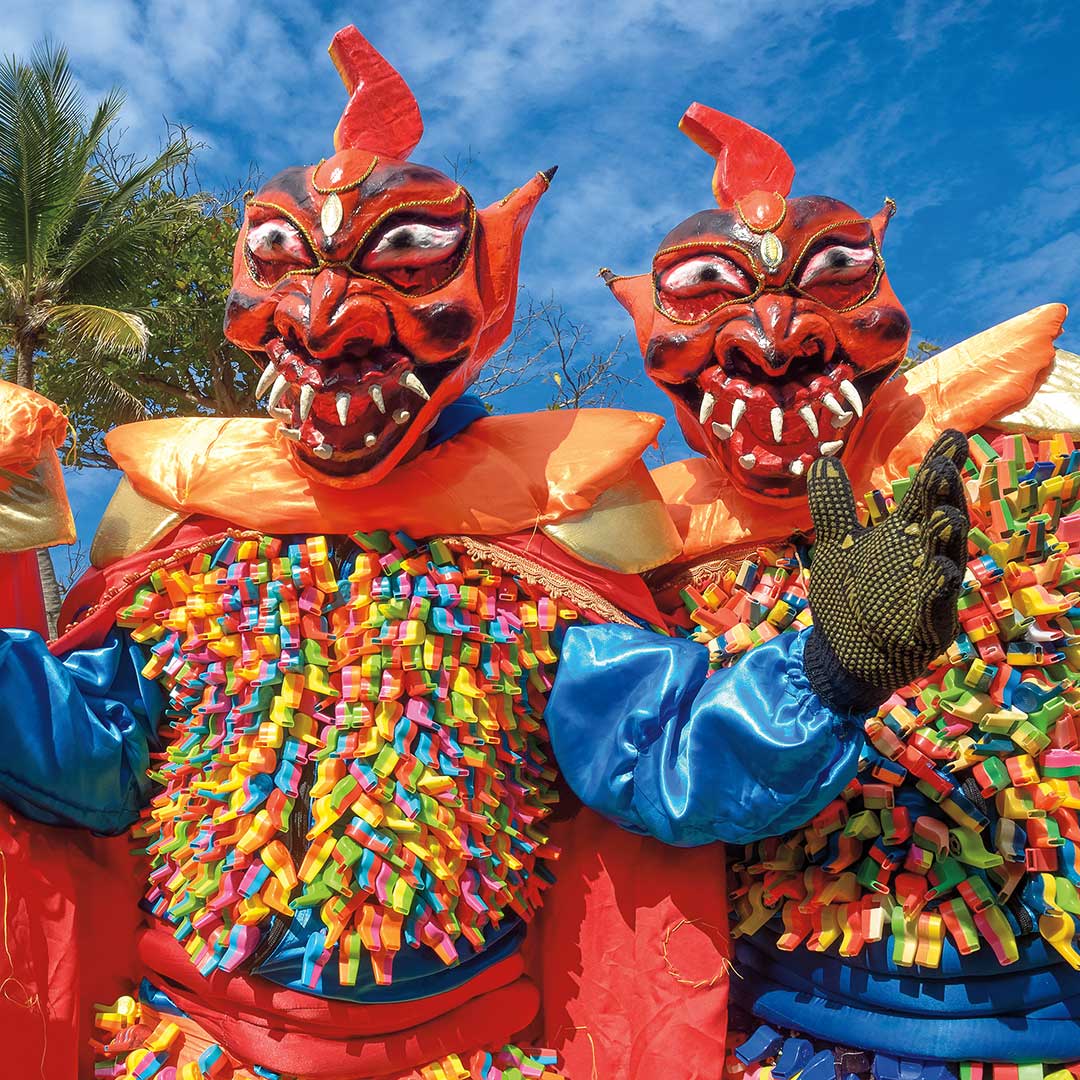
March
Santo Domingo’s Ciudad Colonial is where Easter Semana Santa parades take place–often on Good Friday–including a national evening mass at the Cathedral on Easter Saturday. Semana Santa is a celebrated time for Christians around the country, although these days it’s also a reason for Dominicans to skip the cities, head to the beach, and party. It’s a good time to be in Santo Domingo if you want to see the religious processions and a special Easter Saturday evening mass at the cathedral.
Easter Week in Cabral displays the DR’s surviving syncretic religion and African traditions with the Cimarrón Festival, when the cachuas come out with whips and devilish multicolor masks with horns, impersonating the colonial master as well as the abused slave.
Newsletter Signup
By clicking ‘Sign Up,’ I acknowledge that I have read and agree to Hachette Book Group’s Privacy Policy and Terms of Use
June
Glimpse the Dominican Republic’s Afro-Caribbean pulse at various festivals and ceremonies around the country. Samaná’s annual, outdoor summer harvest festivals, hosted by the local church, is where African American descendants continue their ancestors’ 19th-century celebrations of thanks for crops, rain, and earth with the beat of drums, chanting, and traditional foods like johnnycakes, ginger beer, and coconut rice.
Puerto Plata’s annual cultural festival is a great time offering folk music, traditional African tribal dances, salsa, and merengue. There are also many crafts exhibits by local artists.
August
The Merengue Festival or Festival del Merengue y Ritmos Caribeños takes over Santo Domingo’s Malecón at Plaza Juan Barón park, with over 30 or artists performing all night over a weekend-long fest of all things Dominican.
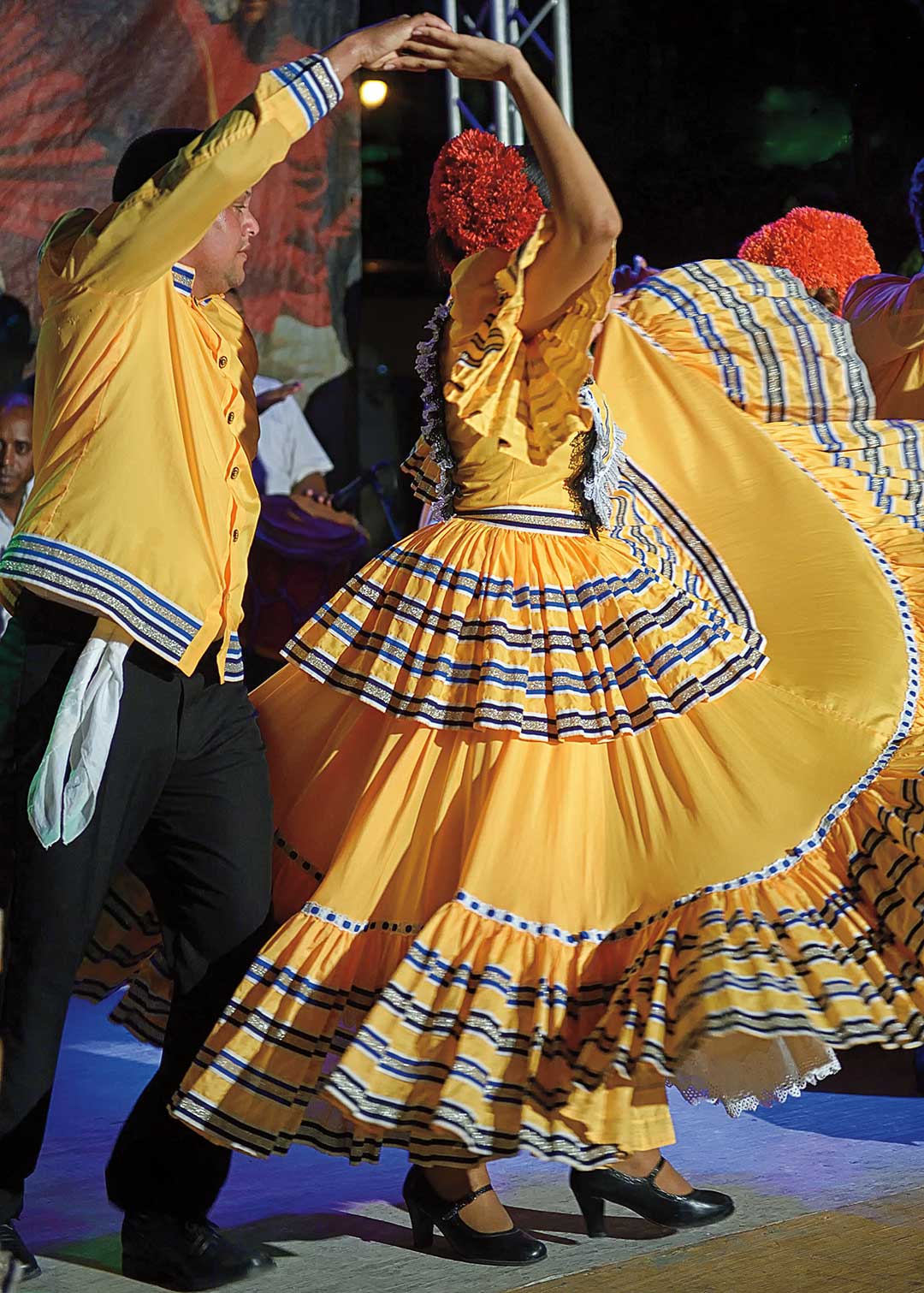
September
Puerto Plata hosts the annual Festival del Merengue–usually at the end of the month–with a range of the best of Dominican artists.
Cattle festivals are a more authentic expression of the DR’s still dominating agricultural and countryside spirit, when cowboys and their families descend on the town and festivities include horseback riding for all ages and games with plenty of music. Puerto Plata’s Feria Ganadera El Cupey is a great example.
October
The biggest concert in the country, Festival Presidente, is an all-out party till the wee hours of the morning at the Olympic Stadium, where the beer flows and Dominican fans dance in the aisles, screaming out lyrics under the stars and occasional fireworks. The event takes place every two years over three nights, from around 6pm to 3am.
November
The annual Dominican Republic Jazz Festival attracts local Dominican as well as international artists with incredible jazz performances across various cities over the course of five days. From Santiago to Sosúa, Puerto Plata city and Cabarete–on the beach–it’s a nice time out. Book you rooms in advance as hotels sell out quickly.
Colonial Fest is a celebration of arts, crafts, cuisine, and all things Dominican, and takes place in Santo Domingo’s Colonial Zone. Nights are filled with outdoor concerts on Plaza de España or at Parque Colón. They can be late in posting schedules, so don’t miss out on rooms while waiting on that.
In November, an annual Merengue Típico Festival takes place in the heart of Guananico. It’s an authentic insight into Dominican culture.
December
New Year’s Eve (December 31) is just as big in the DR as other countries: Dominicans take to the streets and celebrate on the Malecón and in local bars with all-night music and dancing.
Newsletter Signup
By clicking ‘Sign Up,’ I acknowledge that I have read and agree to Hachette Book Group’s Privacy Policy and Terms of Use
Pin it for Later

